Yamakita Restaurant hosted a successful Sake Appreciation event on 16th March, which aimed to educate guests on the intricacies of sake brewing and showcase the drink’s versatility. The night began with guests being welcomed by the owner, Mr. Kitagawa, who gave a brief history of sake brewing dating back to the third century. He then discussed the precision involved in the brewing process, which creates distinct and complex flavours and aromas in sake. Mr. Kitagawa shared his passion for sake, and guests were invited to taste and compare different sakes to appreciate the
nuances of each type.

The first activity of the night was a comparison of the traditional sake cup versus the wine glass, which is the preferred serving method at Yamakita. Attendees tasted Ugonotsuki Junmai Daiginjo in both vessels and shared their observations. This was followed by a comparison of two sakes produced in the same facility but with different rice polishing ratios. Attendees tasted Dassai Junmai Daiginjo 45 and Dassai Junmai Daiginjo 23 and noted the significant differences in taste and aroma.
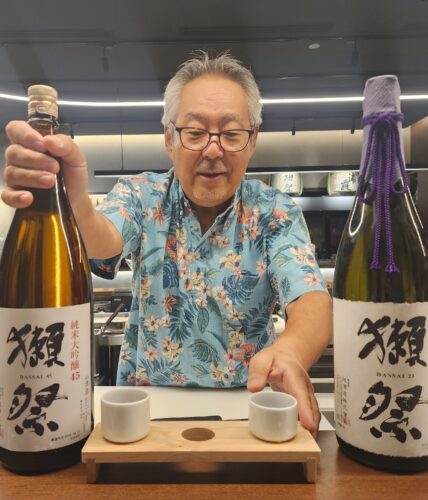
The production process of sake involves the use of Yamadanishiki Sake Rice, which has a core of starch, surrounded by protein and lipids. The level of rice polishing greatly impacts the taste and aroma of the sake, which allows for countless variations in flavours and aromas. Guests were then invited to try different types of Sake from Yamakita’s extensive menu. Yamakita has created a sorting system using a chart and four different categories of Sake: fruity, light & smooth, matured, and full-bodied.
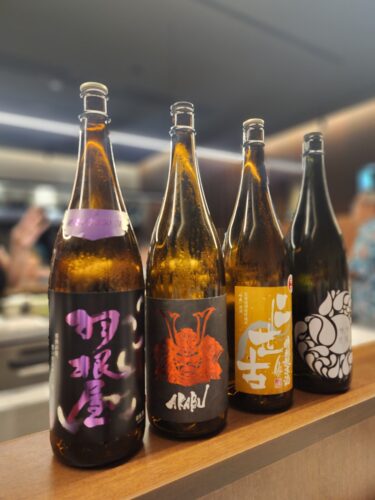
Four different Sake types were served to guests: Ugonotsuki Ginpu Eigetsu Junmai Daiginjo for the fruity type, Niseko Tokubetsu Junmai for the light & smooth type, Akabu F Ginjo for the matured type, and Haneya Tsubasa Junmai Daiginjo for the full-bodied type. Guests placed each Sake cup on a chart according to their preferred flavour profile. To end the night, guests enjoyed four menu items that were specifically chosen to pair with each Sake. The Kita Salad was paired with the fruity type, Ebi Hotate Ika (Squid) Asparagus Tempura was paired with the light & smooth type, Anago Shiitake Tempura was paired with the matured type, and Wagyu Premium Karubi Kushu was paired with the full-bodied type.
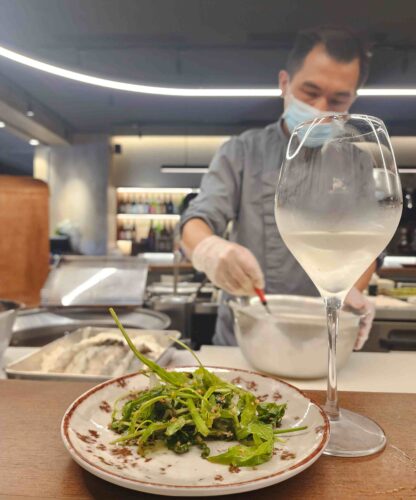
Guests were encouraged to try each food item with each Sake to see how they paired together and place the food item number next to the Sake on the chart that they felt paired best. Throughout the evening, Mr. Kitagawa interacted with guests, guiding them through the tastings and sharing his extensive knowledge of the sake brewing process. Guests left the event with a newfound appreciation for the complex and nuanced drink, and Yamakita’s commitment to preserving and modernising this ancient art was evident.
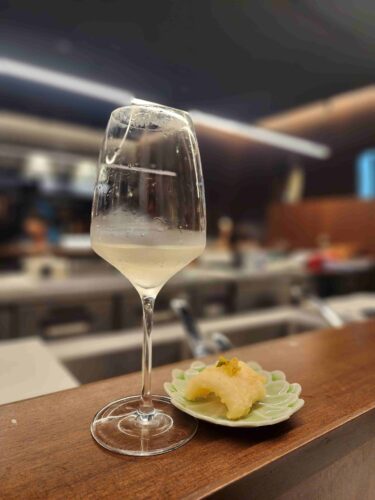
The event was a great success, with many guests expressing their appreciation for the opportunity to learn about Sake and taste such a wide variety of flavours. Yamakita Restaurant is grateful for the support of its patrons and media partners and looks forward to hosting similar events in the future.
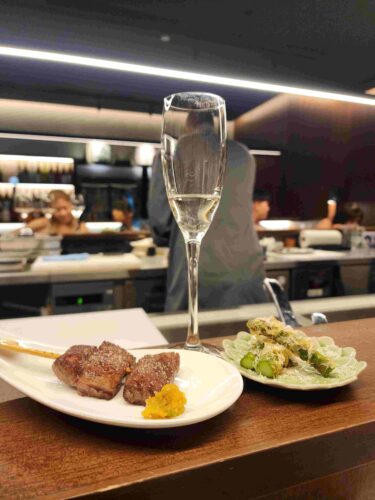
About Yamakita:
Yamakita: Tempura x Tapas is an innovative dining concept that brings together the best of Japanese Tempura and Spanish tapas. Located in Robertson Quay in the heart of bustling Singapore, Yamakita offers a unique and exciting culinary experience that is sure to delight the taste buds of food lovers everywhere. With a menu that features both traditional Japanese tempura and Spanish tapas, guests can enjoy a range of small plates that are perfect for sharing with friends and family.
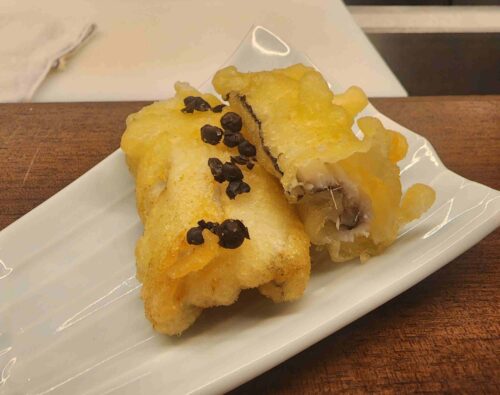
Yamakita: Tempura x Tapas
60 Robertson Quay, #01-05/06 The Quayside, Singapore 238252